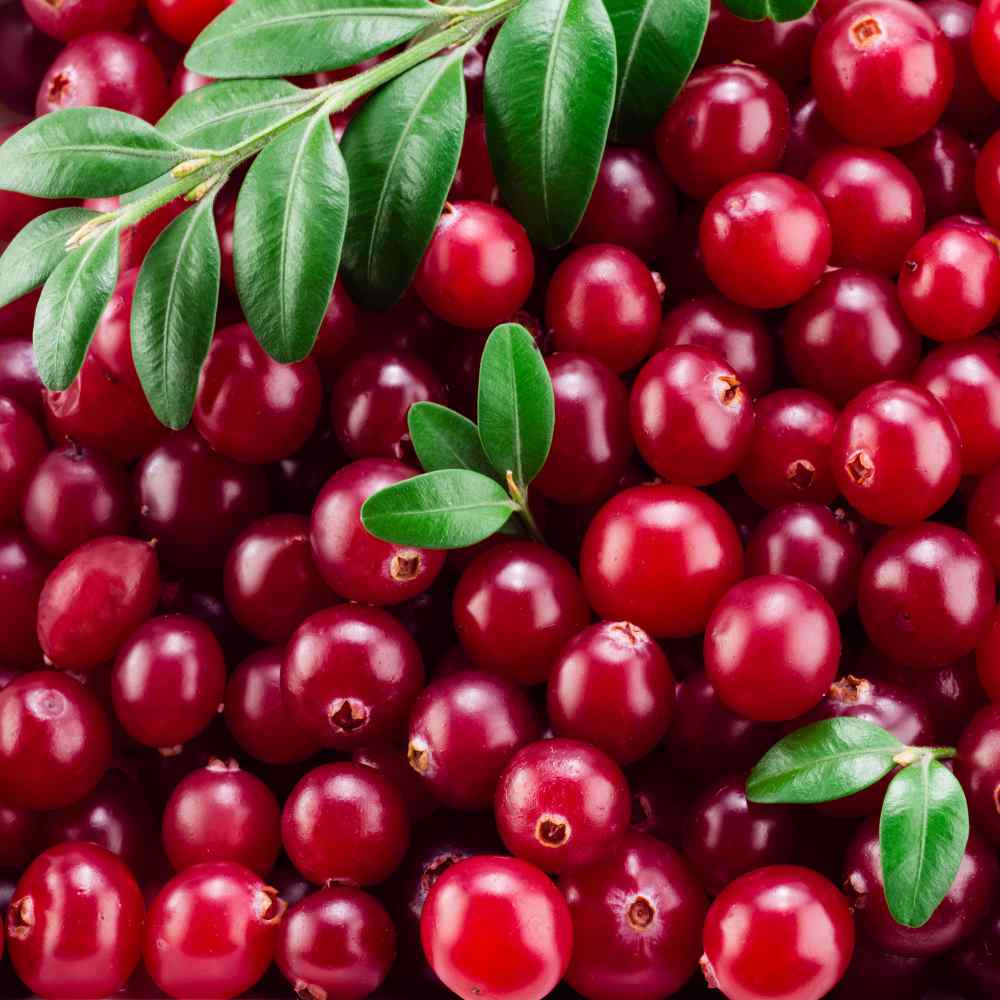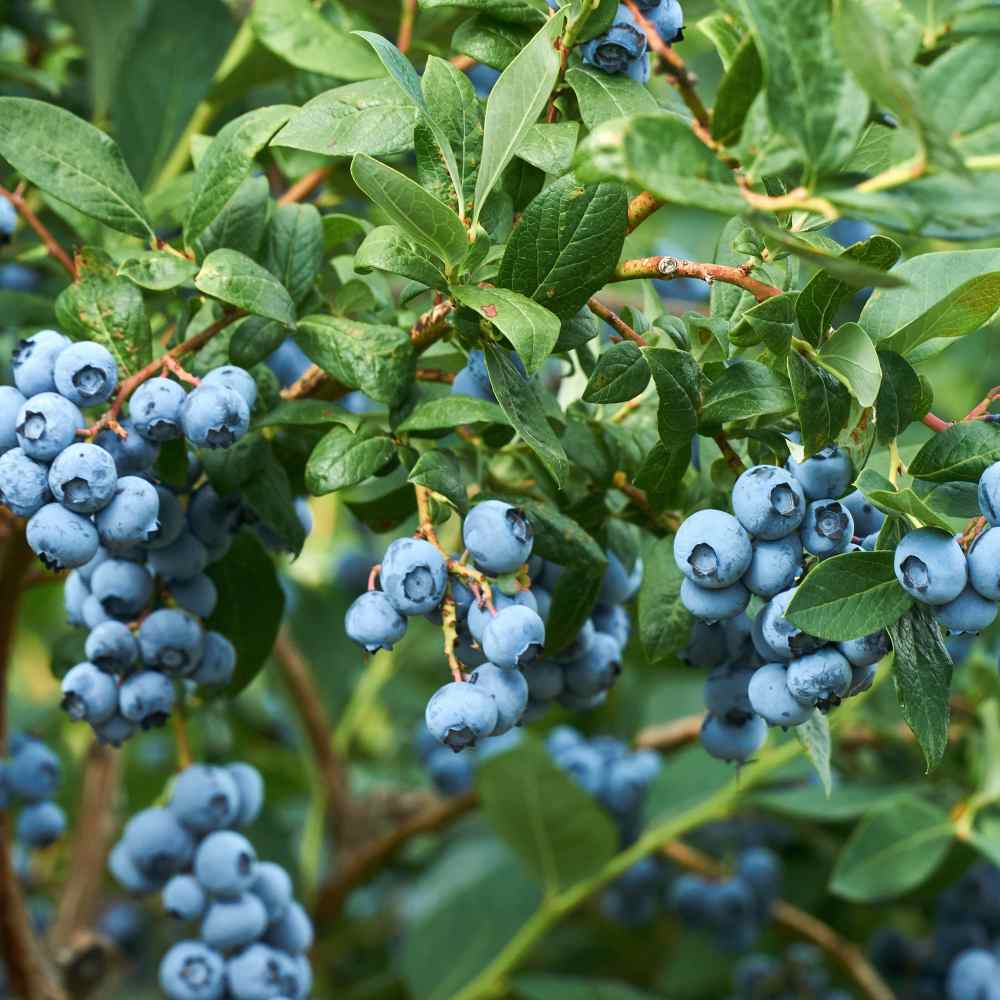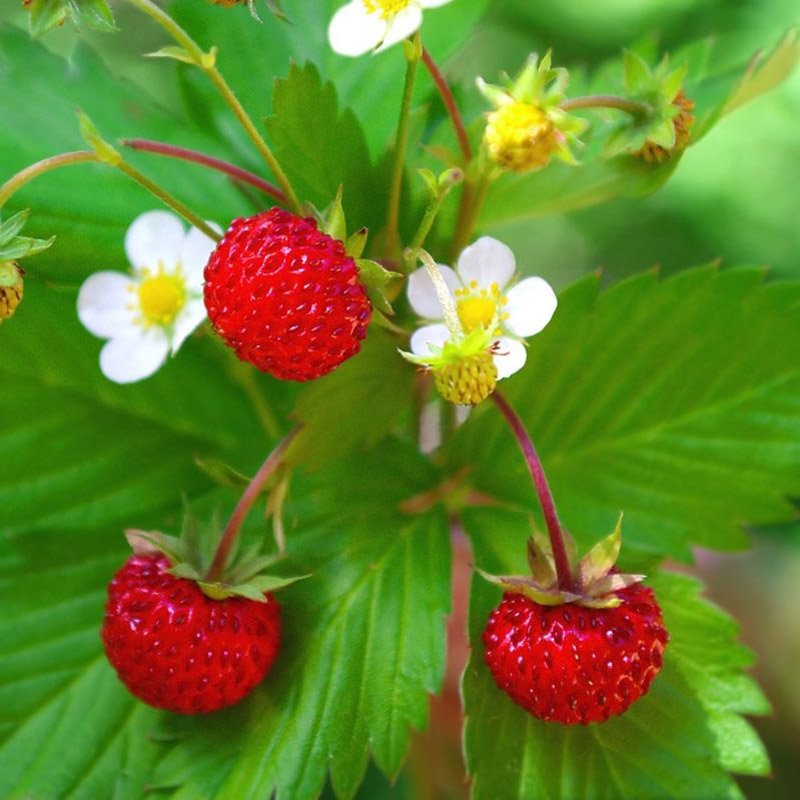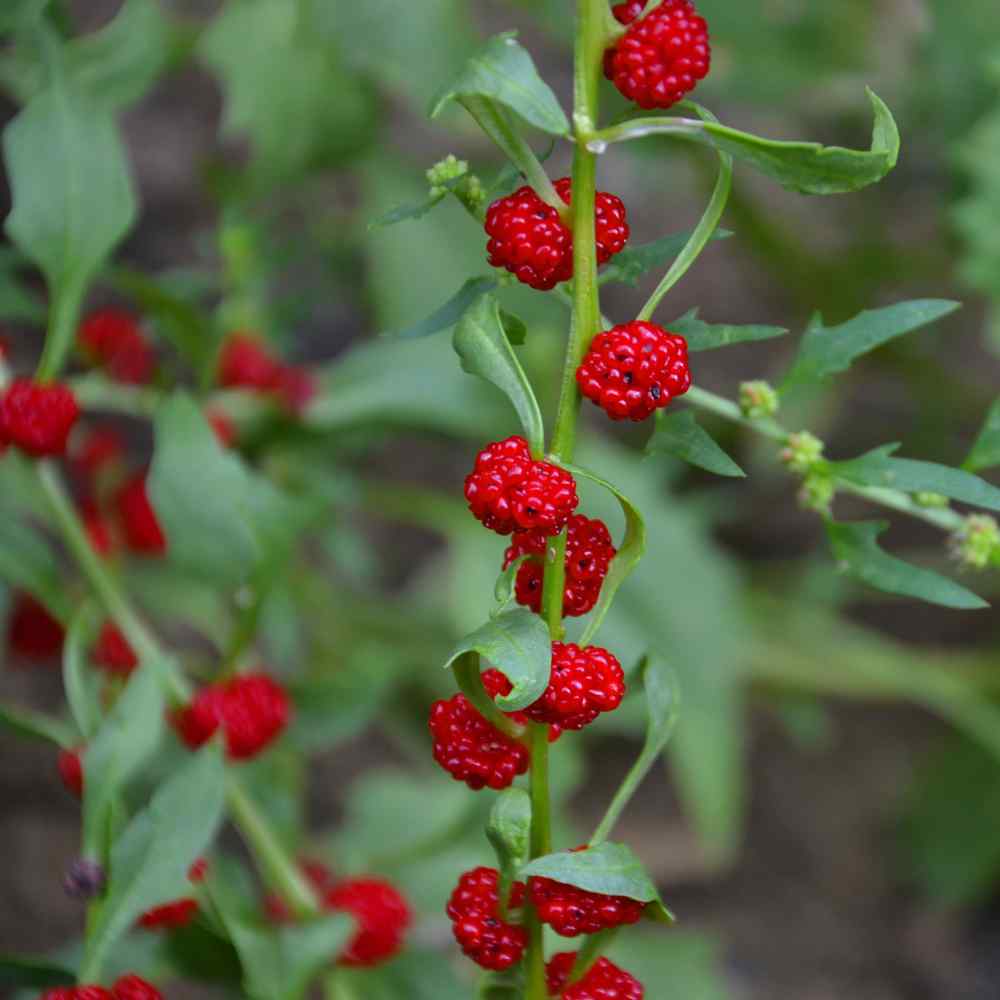
Cranberry Planting and Care Guide
Quick Facts About Cranberry
Besides the obvious benefit of fruit, cranberry plants are also evergreens, and they produce dainty flowers before the deep-red berries come in. Cranberries have many health benefits, and they can be dry-stored for long periods of time.
Planting Time
Cranberry seeds can be started any time of year indoors, followed by transplanting them outdoors in either spring or fall.

Planting Location
Cranberry grows best in a sunny location, and it requires acidic soils, with an ideal range of 4.0 - 5.5. Moisture and organic matter is also needed.
How to Grow Cranberry
- Cranberry seeds require a stratification process before they will be willing to germinate. Do this by first soaking the seeds for 1-3 days, followed by mixing with soil in a plastic bag and placing in the fridge for 90 days.
- After stratification, sow seeds into small pots filled with acidic compost.
- Sow 2-3 seeds per plant at a depth of 1/4 inch, and cover with soil.
- Place pots either on a warm windowsill or on a propagation mat. Keep seeds moist and at a temperature of 70F+ degrees. Under proper conditions, these seeds should germinate within a few weeks. If they do not, additional stratification may be required.
- It is ideal to grow Cranberry in pots for the first year, followed by transplanting into the garden in either spring or fall. Space plants 1-2 feet apart.
- Before transplanting seedlings into the garden, it's essential to "harden them off". This involves acclimating young plants to outdoor conditions by placing them in a sheltered outdoor area for about a week. Initially, shield them from strong winds and direct sunlight. If there's a risk of frost overnight, either cover the plants or bring them indoors, then return them outside in the morning. This hardening off method helps strengthen the plant's cell structure, minimizing transplant shock and sun damage.

Care And Maintenance
- Keep weeds under control during the growing season. Weeds compete with plants for water, space and nutrients, so control them by either cultivating often or use a mulch to prevent their seeds from germinating.
- Mulches play a vital role in preserving soil moisture and ensuring consistent soil temperatures. When it comes to annuals, using organic mulch made from shredded leaves not only enhances the appearance of the bed but also enriches the soil as it decomposes over time. Remember to keep mulch away from the plant stems to avoid potential rot issues.
- Cranberry does not tolerate dry soil, and should be watered regularly to maintain moisture. While Cranberry can endure flooding during cold weather, it should have adequate drainage during the growing season.
- During the first year of growth, apply a nitrogen-rich fertilizer every 3-4 weeks. Fertilization can be reduced after the first year.




































